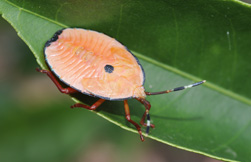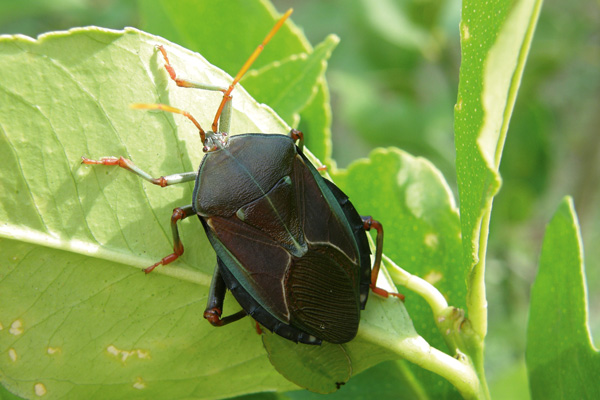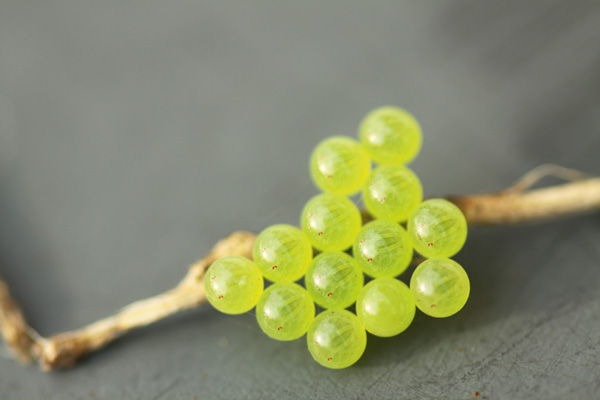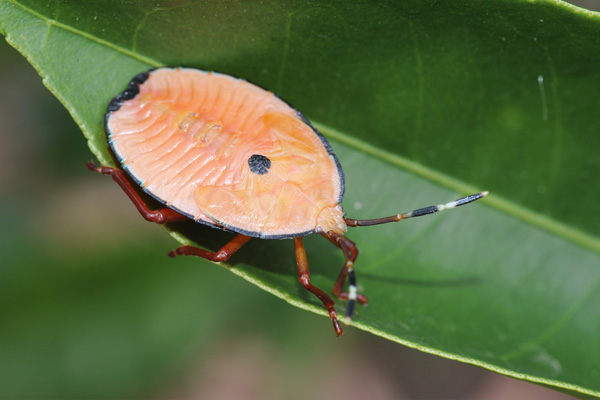Commonly called stinkbugs, bronze orange bugs can wreak havoc on your citrus, but there are safe and effective controls for these pests
Bronze orange bugs, normally known as stinkbugs, are found in temperate and tropical areas, mainly along the east coast of Australia. Originally, they would have eaten native limes but are now a major pest for all types of citrus.
Late spring and summer (notably November) is when stinkbugs appear, sometimes in plague proportions. Adult females lay their pale-green eggs in groups on citrus trees. These hatch and the nymphs are found most commonly on the undersides of leaves during winter.
The nymphs are small, pale green and considerably flatter than the adults. As they grow, they become bright orange to bronze with a prominent black patch on their abdomens and are shield-shaped and bronze to nearly black. As adults, they are nearly black, 2.5cm long and look like spiny cockroaches.
If you have citrus, you need to be vigilant because at every stage they can cause damage to your trees by sucking sap. Their most notable attribute, though, as their popular name suggests, is they stink! Even if you can’t see them on your citrus leaves, their distinctive foul smell is a dead giveaway.
Prevention and control
Early control is essential to catch the bugs before they reach their adult and breeding stage. This could result in them not being seen again until the following spring.
There are also ways to get rid of them manually, but it’s very important to proceed with caution. Stinkbugs squirt out a caustic fluid that is dangerous and painful, particularly to the eyes. Always wear protective goggles, long sleeves and gloves.
When I was little, I remember my father diligently doing daily inspections of our citrus trees and squashing stinkbugs between two wooden garden stakes. I don’t consciously kill insects, but I do know this control method is quick, safe and effective.
Hand removal (wearing gloves) is possible. Use a bucket of hot or soapy water to knock the bugs into. Alternatively, use long-handled kitchen tongs but keep them in the tool shed just for this purpose.
Some gardeners use an old vacuum cleaner, with disposable bags, to suck the insects off citrus leaves. The horrible smell would definitely linger in the machine, so it would have to be kept in the garden shed as well, but it’s a swift method of getting rid of them. Put the vacuum bag, with its smelly cargo, into the garbage. Don’t compost.
The natural predators of the stinkbug are the assassin bug and a few types of birds.
Originally in Good Organic Gardening, Volume 5, No. 4











